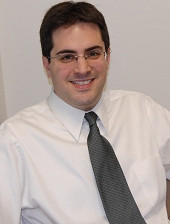Insights
Clean Energy Blog by Tigercomm
Expert Insights & Tips
Last week, we interviewed Belen Gallego, Founder & Director at CSP Today and PV Insider, in conjunction with the CSP Today 6th Concentrated Solar Thermal Power...
Continue ReadingThe following interview is with Belen Gallego, Founder & Director at CSP Today and PV Insider. Ms. Gallego is also in charge of CSP Today's range of...
Continue Reading
